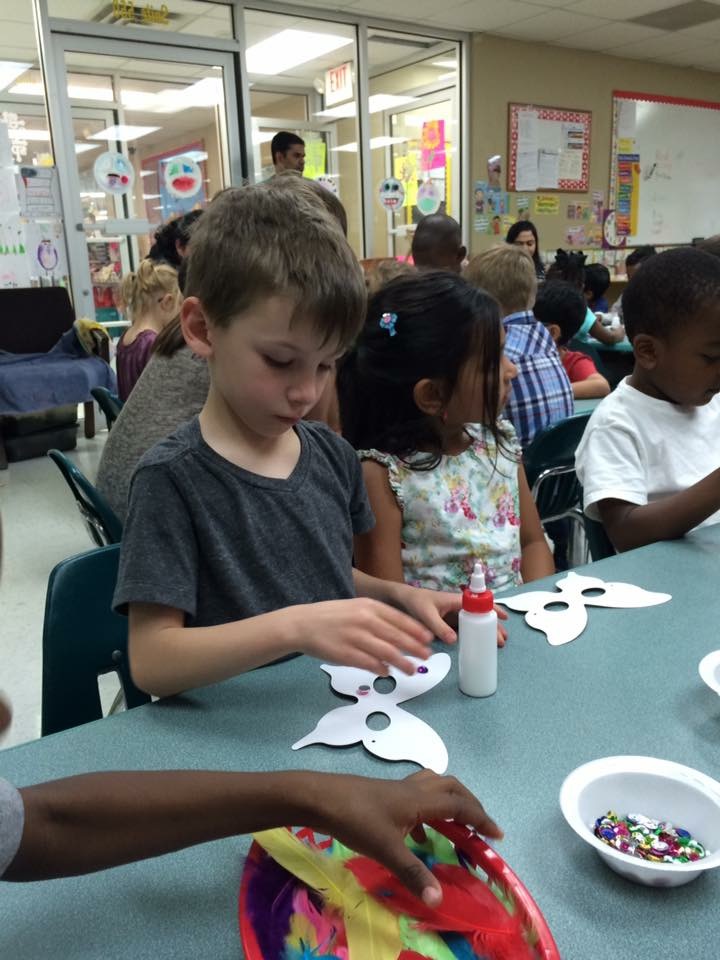Are our schools focusing their efforts on boosting low-achieving students to proficient on state tests? Are they so concerned with closing the achievement gap that they are ignoring the bright students?
According to the most recent international assessments, less than 9 percent of U.S. students are classified as high achievers. That is below the national average of 12.6 percent. Most professional development classes for teachers are geared toward the lower achiever, the below average reader, the learning disabled, or toward differentiation.
Educators need to raise the bar and take our bright and gifted students to a higher level. They are not often asked to make lessons more challenging for the gifted and talented student. The bright students are often over-looked in today’s schools due to overcrowded classrooms, or because teachers are happy to just call on them for correct answers.
The bright students are naturally curious about learning. They are capable of a much more advanced curriculum than what most schools require for a particular grade level. When bright students aren’t challenged, they become bored, appear to daydream, or disrupt the class. According to Professor Del Seigle, Ph.D., “Either they zone out or they act out.”
When students become used to unchallenging lessons, they lose the self-motivation that drives them. They no longer like attending school. In the long run they begin to believe that life will be easy for them. When faced with a challenge, they will not have the needed problem solving skills.
The University of Connecticut is credited with the Five Cs for motivating bright students:
- Control – Bright students need to feel they have the ability to change the course of their learning.
- Choice – They want to choose what is taught to avoid repetition.
- Challenge – More challenging content and concepts are needed for stimulation.
- Complexity – Material needs to have depth and be complex, not contain more of the same.
- Care – Students want to feel that the educator cares about them and tries to engage them in the learning.
One concept of teaching that will benefit the bright students is flip teaching. This is where students are able to watch a video lecture or an introduction to a new concept on the Internet from home and then complete assignments in class. Conceptual application, review, and practice then takes place in the classroom with the help of the teacher. This enhances the teacher-to-student interaction. Technology and activities are the main components of the flipped classroom model. Both components greatly enhance the educational environment for the bright student.
Several concepts mentioned in this blog are further addressed in a book by Chester E. Finn, Jr. and Brandon L. Wright titled Failing Our Brightest Kids: The Global Challenge of Educating High-Ability Students.
Next week’s blog will discuss the strategies that are used to keep the bright students interested in learning and build their problem solving skills.
![]()


